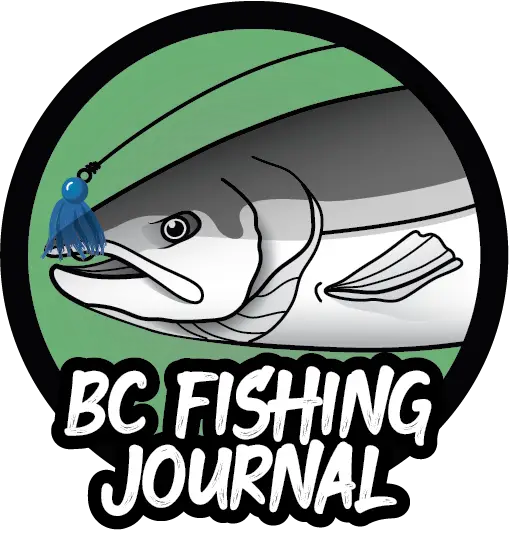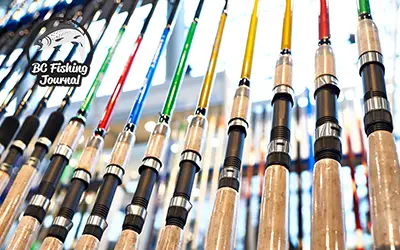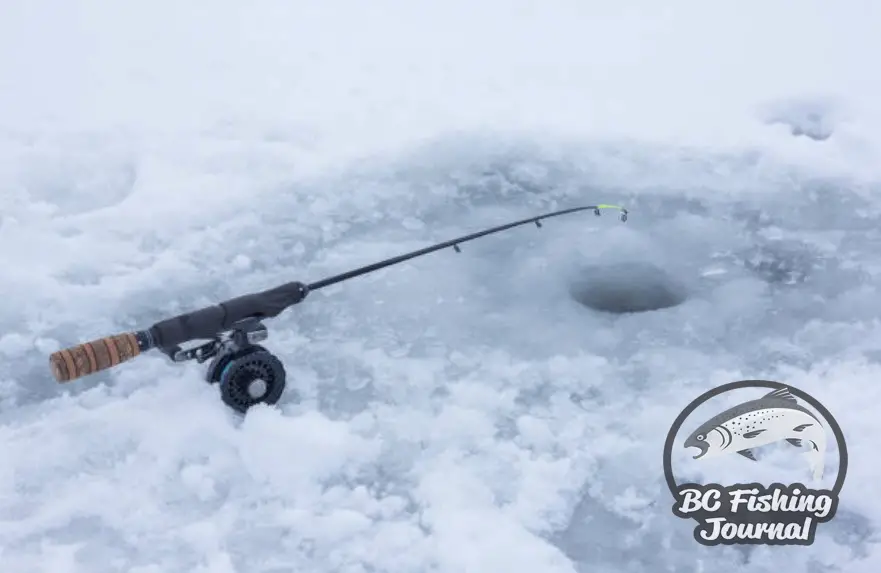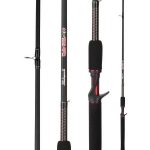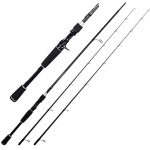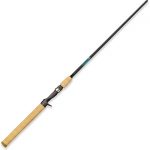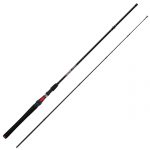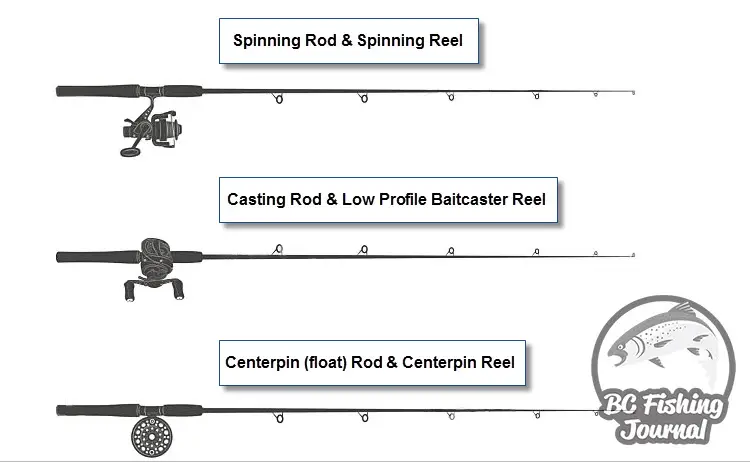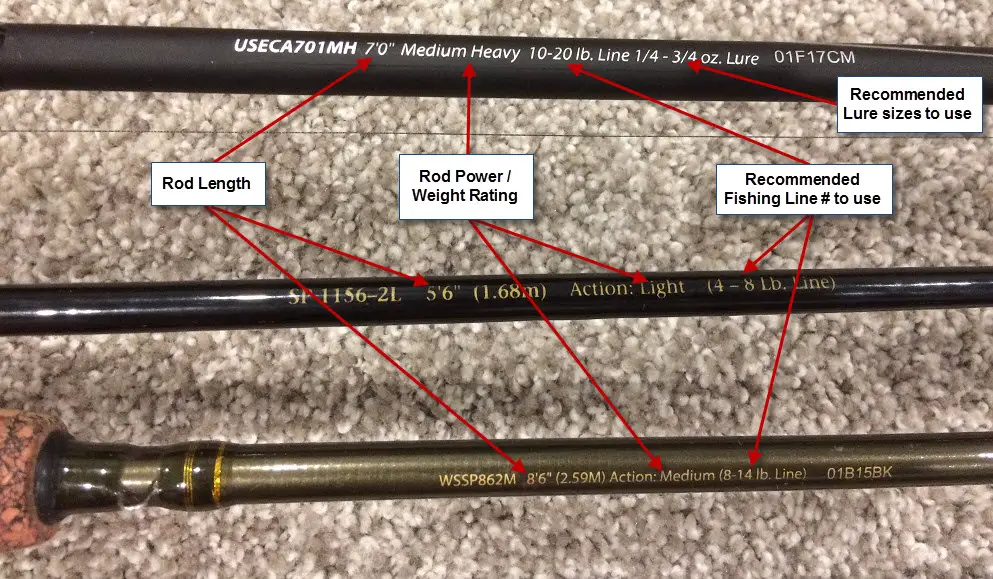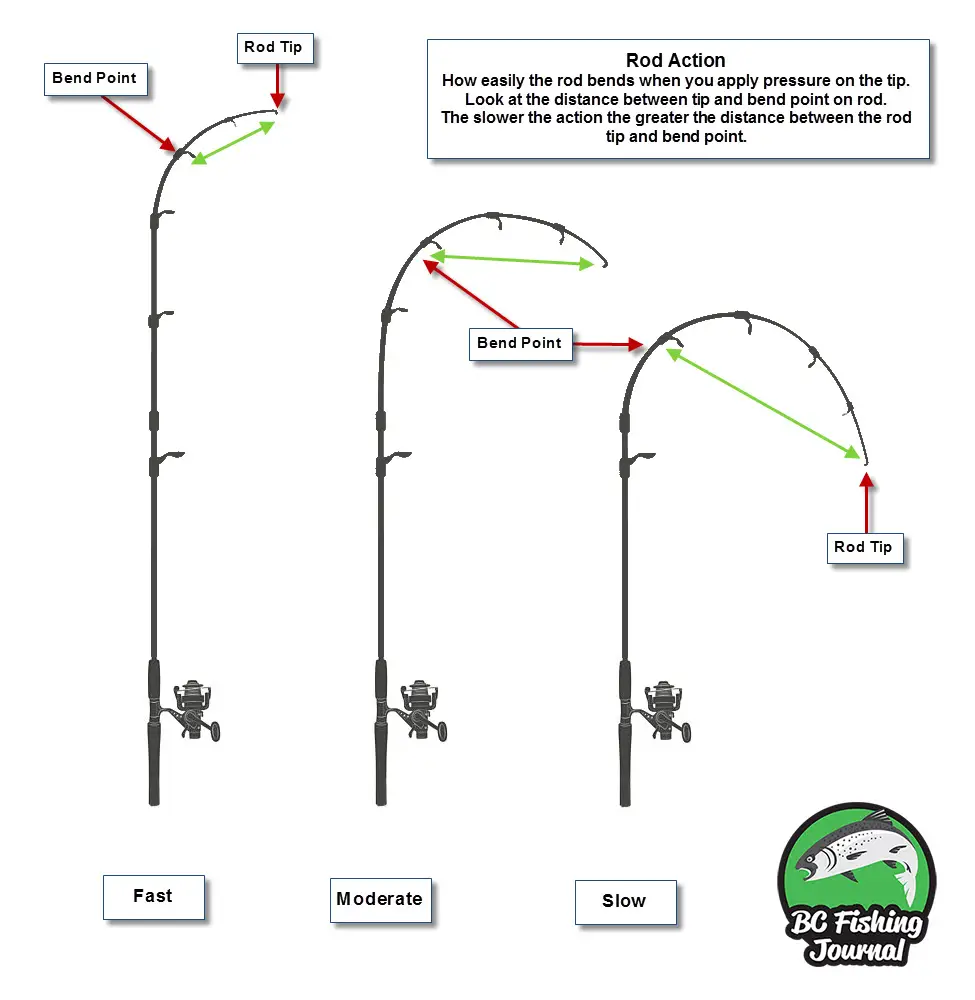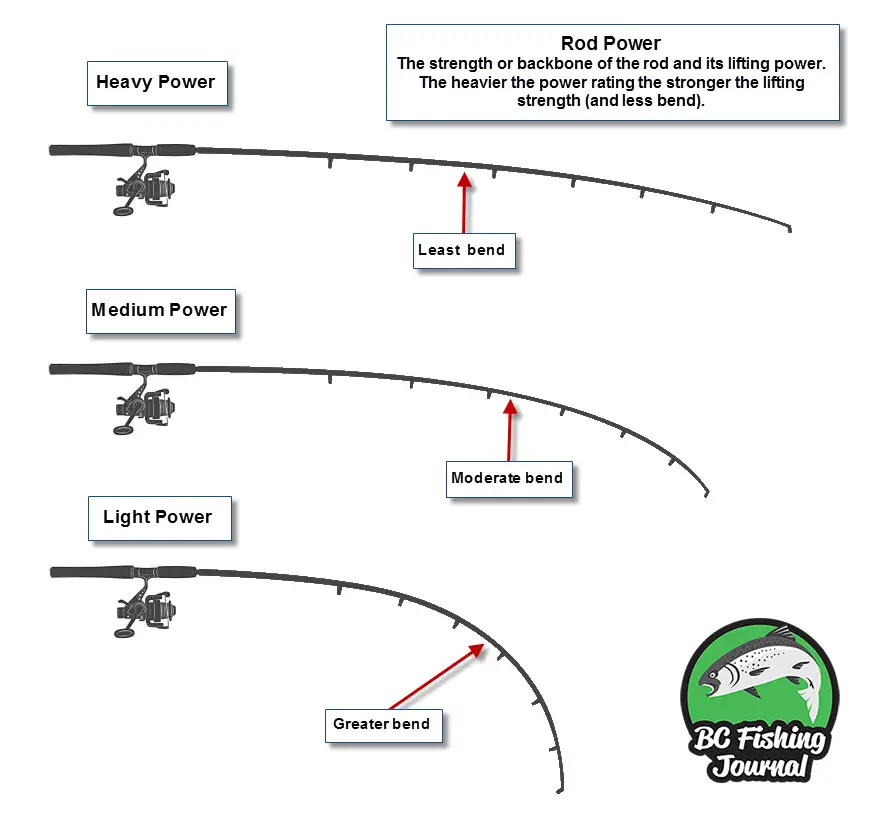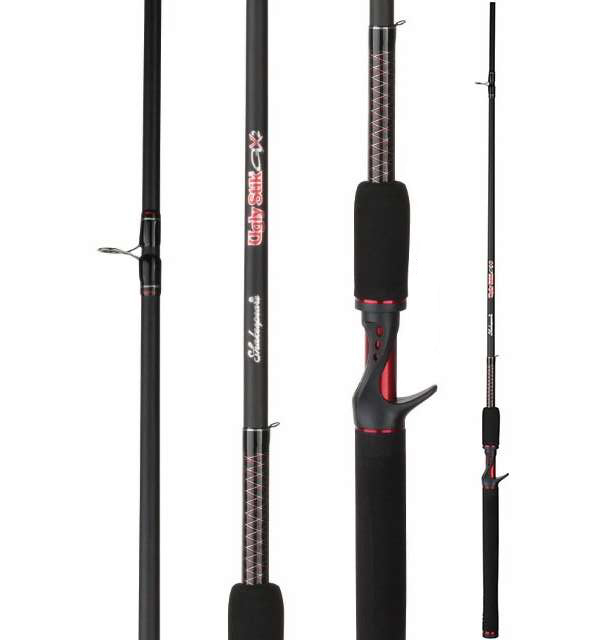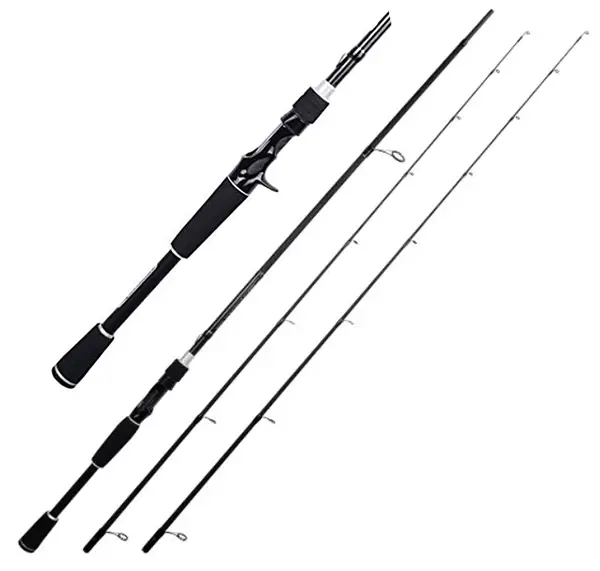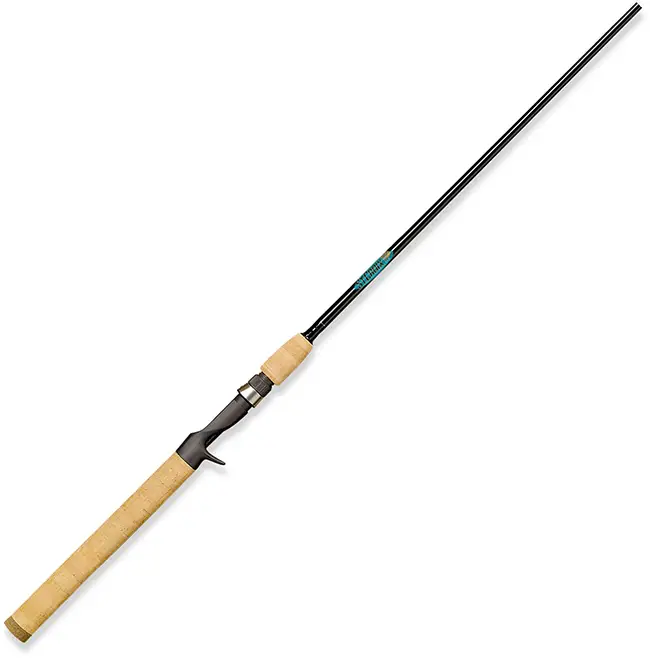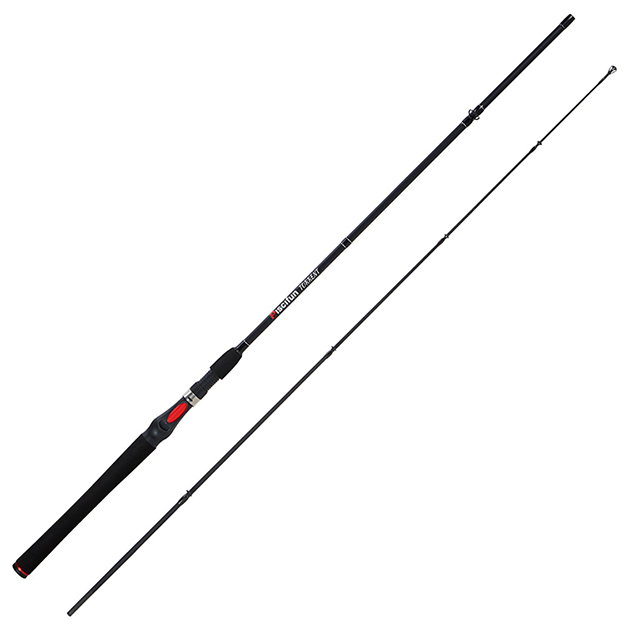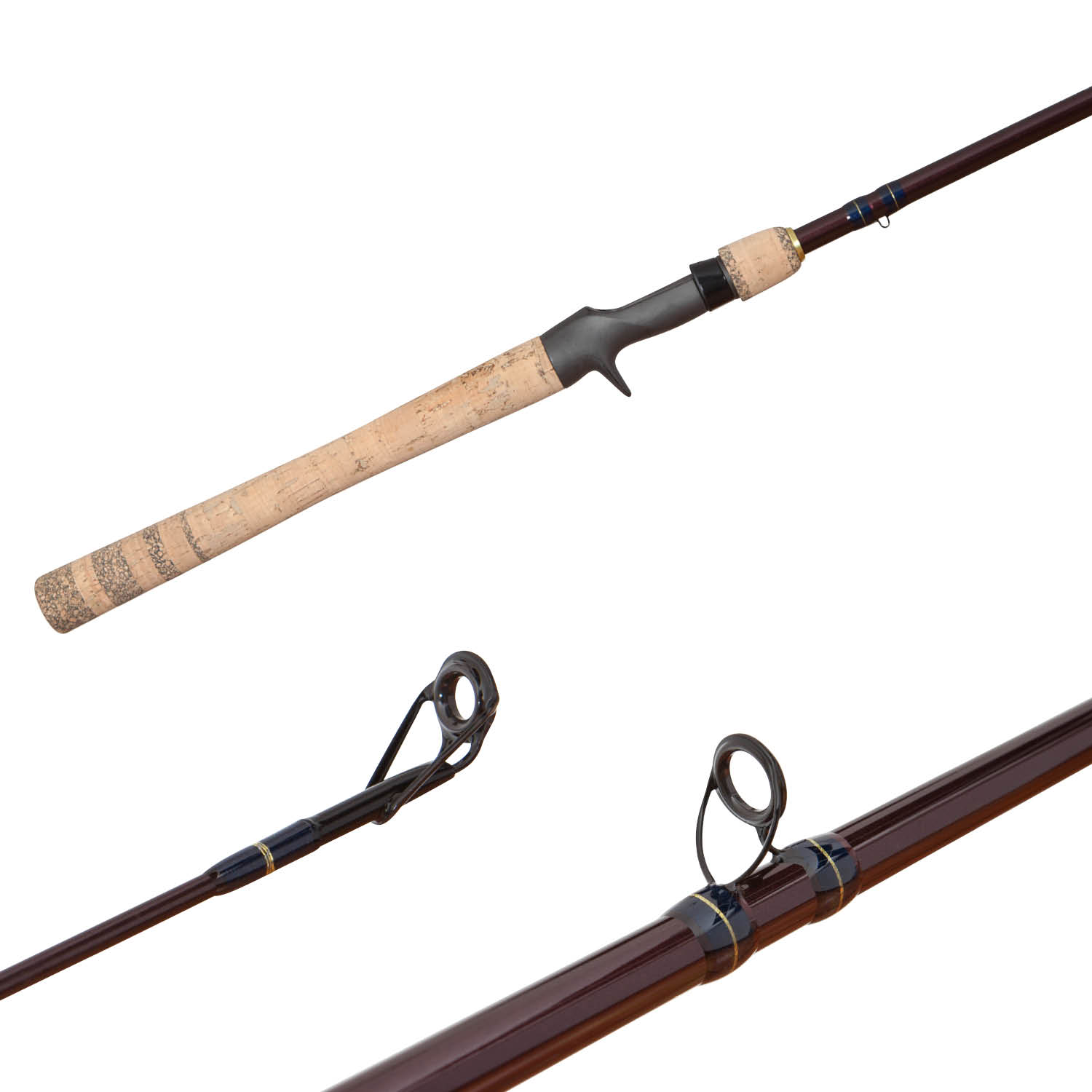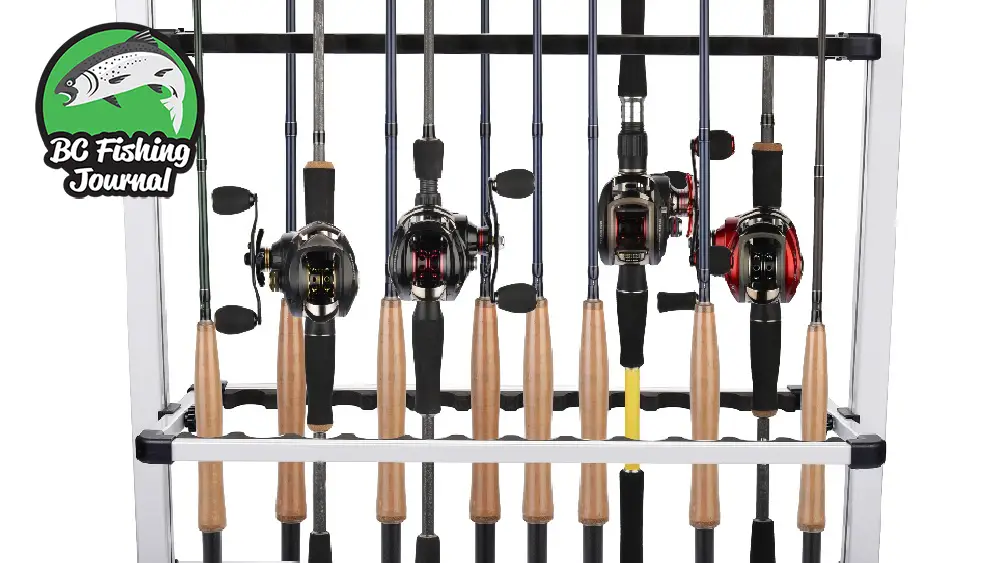
Tackle Guide: Best Casting Rods for the Money
There is a handful of information on fishing rods in this guide from rod types, ratings, lengths, etc. If you’re not interested in any of that and simply want to what to see our highest rated rods skip down to the rod reviews at the bottom (or summary table). This article will bring up questions to consider when buying a casting rod. It’ll outline the top features to look for in a quality casting rod and lastly provide quick read reviews on the best casting rods for the money.
Important note, the casting rods outlined in this guide all fall into a small to medium lengths. The rod length ranges are between 5’6 to 7’6. If you’re looking for longer casting rods for drift / float fishing see Float fishing casting rods.
The Best Casting Rods for the Money – Comparison Table
St. Croix Premier
Types of Fishing Rods
This page is specifically about casting rods but there are other many variations fishing rods like: Spinning, Centerpin, Fly, Telescopic, Surf, Ice fishing, Tenkara, Mooching, Trolling, etc. The most widely used rods are spinning and casting rods. The biggest difference between a casting rod and spinning rod is the reel location on the rod (as well as the rod guides). On a casting rod the casting reel is located on the top of the rod, whereas the spinning rod has the spinning reel hanging below the rod.
What are the Fishing Rod Ratings?
Most rods will have their ratings written immediately above the rod handle. Rod ratings outlines some (or all) of these:
- Rod Length
- Rod Action & Power rating
- Line rating
- Lure Weight rating
- Model number
The power rating refers the rods backbone strength and how much weight it’ll be able to hold. Common rod power ratings: Light, Medium & Heavy. Heavier rod actions will often have a larger rod diameter meaning they can handle heavier weight.
Line Rating Tip: The line rating is typically meant for monofilament. Some rods will have both monofilament and braid ratings. If it does not have a braid rating, put a braided line weight that has the same diameter of the line rating monofilament.
Lure weight rating is a recommendation on the weight of the lures to use for the best casting results. These are not written in stone as you can add weights or go lighter depending on your setup, but it’s good information when you’re tying a single lure on and looking for long casts.
How to Choose Rod Length
Casting rod lengths vary from 3 feet to 11 feet. The reason for this large difference is to match your rod to the type of water, technique and species you’re fishing. So what length of rod should you get? To be honest, there are so many fishing scenarios with different types of water and species it’s difficult to detail all of these. That said, let’s look at some quick tips and example scenarios to better show how to choose a rod length.
- The longer the rod the further the cast. If you need to make exceptionally long casts (e.g. Surf/beach casting), you should look for a longer rod.
- Shorter rods are easier to cast and more accurate. If you’re tossing or skipping baits under docks or cover, shorter rods are easier to control the distance of your cast and accuracy.
- If you’re a new angler or perhaps getting a rod for a child, I’d recommend going with a smaller rod to start. There are children’s casting rods that are 3′ to 5′ long (usually paired with a spincast reel), or for newer anglers I’d recommend a 5’6 to 6’6 rod. These are easier to manage, cast and will make the introduction to fishing that much more pleasant.
- Longer rods do NOT necessarily mean stronger rods. If you need a strong rod to handle larger fish you’ll want to focus more on the power/weight rating vs. the length of the rod. For example, if you’re fishing for Goliath Grouper, Sturgeon or some other heavy fish you’ll need a to have a large diameter rod with a heavy weight action and average length (usually between 7′ to 8′).
Water Types to Rod Lengths
- If you’re float fishing in a river or fast moving water, you’ll need a long rod for line management (line mending, keeping the line off the water as much as possible) and strength to be able to handle a fish in current. Rod lengths for this type of river fishing is typically 9’0 to 12’0. For more information on float fishing, see drift / float fishing page.
- If you’re trolling in a lake, usually a longer rod is necessary to handle the torque on the rod and the extra weight of the setup. Depending on the type of trolling you’re doing but the rod length should be between 7’6 to 10’6.
- If you’re smaller waters like a pond, slow moving creek or small lake, perhaps fishing for bass or small trout, perch, etc, and you’re stationary on a dock or the bank you can use the small to medium length rod 5’6 to 7’0.
- Fishing medium to large water like a lake or reservoir, a good all around average sized rod is a 7’0 Medium-Heavy casting rod. It covers a multiple of fishing scenarios in this type of water.
- Fishing the Ocean is an entirely different beast, if you’re trolling in the ocean you’ll need a 10’0 – 12’0 rod with a stronger backbone to handle the down rigger or cannon ball weights on your setup.
5 Best Casting Rods Reviews
These casting rods have a range of price points, the majority of these rods are very well priced between $40 – $75. I’ve included a few higher end rods which are also at great price point.
This latest generation (GX2) of Ugly Stik is much lighter than the previous models. It has a nice balance and feel to it, especially with a low profile baitcaster. With the combination of fiberglass and graphite it’s not only light but still maintains that backbone strength. The classic “Clear tip” (white tip section of the rod) is still there and continues to deliver that extra sensitivity for those light bites.
Break tests, impact tests the Ugly Stik dominates other rods in this price category for strength and durability. Additionally, Shakespeare has a 7-year warranty on their rods. I have never broken one of these rods and still have (and fish) an Ugly Stik that is over 25 years old.
Again bang for your buck, you’re not going to beat an Ugly Stik. I highly recommend these rods if you’re looking for a quality rod with a low price tag.
Key Features
- Low cost!
- 5 different length options
- Strong rod with a sensitive tip
- 7-year warranty
One of the nice features of this rod is the 2-piece option. Now don’t check out on me yet, if you’re a die hard 1-piece rod anger, you will be surprised at how the 2-piece rod feels and performs like a 1-piece. I love being able to break down my rods into 2-pieces for easy transportation and storage, and it’s tough to find solid casting rods that do this at this price point.
KastKing does offers something unique in that they provide 2 tips with the rod (2-piece rod). The tips rating are medium with medium-heavy AND medium with medium-light. Having the ability to impact your rod power rating by changing the tip is a great feature. The only critique I would offer on KastKing Perigee II is the rod tip strength. As there have been some reviews and feedback to KastKing on tips breaking off. That said, KastKing does offer a lifetime total warranty on Twin Tip top ends.
Key Features
- Feels like a high end $ rod
- Comes with 2 rod tips
- The 2-piece rods feels like a 1-piece
The rod size options are: 5’6, 6’0, 6’6 & 7’0 with all the typical power ratings available. I’m a big fan of the long premium-grade cork handle, it makes for an comfortable grip and allows distance between your hands to make those longer casts much easier.
One of the best benefits of this rod when compared to the others is the sensitivity. From the handle to the tip, the Premier rod has exceptional feel and tip sensitivity. If you’re doing a lot of slow fishing where you want to feel the bottom and every little touch this rod is ideal for that.
The St. Croix rod is the highest priced rod on this guide but for the value you get it certainly deserves to be here. It’s an exceptionally high end rod but without the concept rod price point.
Key Features
- Hand made in Park Falls, USA
- Top sensitivity rating
- High end materials from the handle to the rod tip
- 5-year warranty
Piscifun is a newer manufacturer that seems to mimic Shakespeare’s development model, that being a low price paired up with good quality gear. The generally keep things pretty simple with a few models that hit the most important features anglers are looking for. However with the Torrent casting rod they’ve gone against this and have 6 different length options!
One important note is all these rods are 1-piece so if you’re traveling a lot with them or hard up for storage space keep this in mind. Most of the models have a power rating of Medium-Heavy (which is probably the most common and typical power rating you’ll need), however they do have some heavy rated rods as well. One thing missing is a lighter option, they don’t have a medium-light rod so if you’re looking for a super finesse rod you should look at the St. Croix.
The feature I respect the most about this rod is the lifetime warranty. I respect Piscifun’s confidence in their casting rods and at the price point it’s hard to beat.
Key Features
- Lifetime warranty
- Low price point
- All 1-piece rods
The 7′ Convergence model has a Medium-Heavy power rating. This is a dynamic casting rod for almost all fishing scenarios. From Bass to Trout to Salmon, etc. this casting rod has the backbone and specs to handle most species. Shimano demonstrates an excellent understanding and pulse of the angling community with this rod as it’s a universal casting rod. I know it’s big praise, but I’m a big fan of the Convergence rod.
My favorite model for these Convergence rods is the 10’6 Medium-Heavy rod. I use this for float fishing Salmon and Steelhead here in the Pacific Northwest. In many of my fishing videos on YouTube you’ll see me with this rod. If you want more information on the longer model of the Shimano Convergence click here.
Key Features
- Universal casting rod
- Excellent quality and action
- 7′ Medium-Heavy casting rod
- Difficult to find smaller rod lengths
Conclusion on the Best Casting Rod
For me the best bang for your buck casting rod is the Ugly Stik casting rod. Shakespeare’s Ugly Stik has decades of experience and a well earned reputation for creating a well made rod for a very low price point. I still have Ugly Stiks that I use that are over 20 years old. If you’re a new angler or looking to buy a rod but don’t want to spend a lot of money you can’t go wrong with an Ugly Stik.
If you’re an looking for a higher end rod that has exceptional feel and quality, I would quickly recommend the St. Croix Premier Casting Rod.
I hope this information was helpful for you. If you have any questions on casting rods feel free reach out to me on the contact page or drop me a comment below and I’ll always get back to you ASAP.
Tight Lines! Jesse
About the Author

